Biography
Carmen Amaya Amaya (2 November 1913 – 19 November 1963) was a Spanish Romani flamenco dancer and singer, born in the Somorrostro district of Barcelona, Catalonia, Spain.
She has been called "the greatest Flamenco dancer ever" and "the most extraordinary personality of all time in flamenco dance." She was the first female flamenco dancer to master footwork previously reserved for the best male dancers, due to its speed and intensity. She sometimes danced in high-waisted trousers as a symbol of her strong character. She was born to a Spanish Romani family, to José Amaya Amaya (aka "El Chino", "The Chinaman"), a guitar player, and Micaela Amaya Moreno. Carmen was the second of eleven children, although only six (three sisters and two brothers) survived to adulthood.
Her date of birth is disputed. Montse Madridejos and David Pérez Merinero name 1918 as her year of birth. They cite Barcelona's inhabitants list of 1930, in which a family Amalla with a 12-year-old daughter Carmen is mentioned. They claim that no birth document is available and the document of baptism was lost due to a church fire. Furthermore, a 1920 oil painting by Julio Moisés named Maternidad shows a mother with a 2-3 year old girl, supposed to be Carmen with her mother Micaela. According to them, photographs showing Carmen Amaya as a teenager also support 1918 as the year of birth. According to Montse Madridejos, professor of Music History at the University of Barcelona and a flamenco history researcher, who specializes in Carmen Amaya, her ethnicity could have also been a factor in the birth date ambiguity: "At that time, a gypsy was neither baptized, nor registered".
However José Luis Navarro García, cátedra de flamencología, as well as most other sources name 2 November 1913. This version is supported by the fact that in 1923 Carmen Amaya performed in a club in Madrid, which would be unlikely for a 5-year-old child, and a quote by Carmen Amaya herself in which she refers to her performance at the 1929 world exhibition:«... en la Exposición de Barcelona de 1929, yo tenía dieciseis años ...»"... at the Barcelona exhibition in 1929, when I was sixteen years old ... "
Her death certificate names 1 November 1915 as date of birth, however, perhaps splitting the difference as does the Library of Congress.Amaya entered the flamenco world accompanied by her father, an impoverished Calé Romani guitarist who made a living by playing in pubs day and night. When Carmen was a child, she started going out with her father at night. He accompanied her on the guitar while she performed. Afterwards, they begged and picked the small change that the public threw on the floor. Soon earned her first nickname, "La Capitana".At the same time, she started to appear in some lesser known theaters. It was only after Josep Santpere, a bright variety show businessman, showed for the first time his interest in Carmen and introduced her to more prestigious venues, that she made her debut at the Spanish Theatre in Barcelona. Soon after, she was performing at the Palace Theatre in Paris.
The first time her name appeared in print was during the International Fair of Barcelona in 1929 thanks to Sebastià Gasch, an art critic who saw her and wrote an article in the weekly newspaper Mirador. Sebastian Gash wrote:Suddenly a jump! And the gypsy girl danced. Indescribable. Soul. Pure Soul. Feeling made flesh. The floorboards vibrated with unprecedented brutality and incredible precision. La Capitana was a gross product of Nature. Like all gypsies, She must have been born dancing. It was before school, before the academy. All that she knows, She must have known from birth. Promptly, the viewer feels subjugated, upset, dominated by the face of La Capitana, by her fierce hip movements, by the bravery of her pirouettes and the force of her broken turns, whose animal ardor ran parallel with the astonishing accuracy with which she executed them. The raging battery of her heels and the unsteady play of her arms now aroused, excited, then collapsing, surrendered, abandoned, dead, gently moved by the shoulders, are still recorded in our memories like indelible plaques. what caused us to look at her dance was her nerve, which twisted her in dramatic contortions, her blood, her violence, her wild impetuosity as a caste dancer.
At this point Vicente Escudero, a respected businessman, saw her dancing and concluded that Carmen would bring about a flamenco revolution thanks to her perfect synthesis of two important styles: that of the traditional dancers, and the looming style of dancers in the varieties.In 1930, she was part of the Manuel Vallejo company, performing all over Spain. On her return to Barcelona she danced at the Teatro Español, recommended by José Cepero.
In 1929, she appeared in the tablao Villa Rosa poster in Madrid and in 1930, she performed at the International Exhibition.
That year she worked in the Zarzuela Theatre, also known as the Coliseum, in Madrid with Conchita Piquer, Miguel de Molina, and other famous artists, and at the Fontalba Theatre. That was the authentic success of Carmen nationwide. She played a small role in La hija de Juan Simón and Maria de la O, and worked for a musical magazine in Barcelona. From her first performance" in 1935 to her last one in "Los Tarantos", her dancing showcases the purest form of flamenco. The films she starred in are remarkable in that very few films have been created around one figure. They are also a model for all dancers who define their dance as being "of temperament". Very seldom in the history of New York have dance and flamenco been as successful as Carmen Amaya's performances.Juan Carceller hired her for a tour. She travelled to several big cities, including San Sebastián. In 1935, Luisita Esteo presented her in Madrid, in a show at the Coliseum. On 18 July 1936, when the coup in Spain took place, Carmen and her team were in the Zorrilla Theatre in Valladolid, working for Carcellé's company. At that time, they were financially secure and she had bought her first car. They were due to go to Lisbon to sign the lease, but the car was requisitioned and they could not travel to Portugal until November.In 1952, she married guitarist Juan Antonio Agüero, a member of her troupe, coming from a distinguished family from Santander, who was not a gypsy. They lived an authentic love story and celebrated an intimate wedding. In 1959, Carmen experienced one of the most exciting moments of her life, when the inauguration ceremony of a fountain bearing her name was held. The fountain was placed on the Paseo Marítimo de Barcelona, which crosses the neighbourhood of Somorrostro, the same places where she had walked by many years before as a child, barefoot and dragging her misery.In 1988, as an homage to Carmen Amaya, the Tablao de Carmen was founded in the Poble Espanyol, the very place where she danced for the King of Spain Alfonso XIII during the inauguration of the 1929 Barcelona International Exposition. Tablao de Carmen displays some of the photographic legacy of Carmen Amaya. The guitar of her husband Juan Antonio Agüero (by Santos Hernández 1930) is a part of the patrimony of the founder family of Tablao de Carmen and it is played in the Tablao on special occasions.
Filmography
all 9
Movies 9
self 2
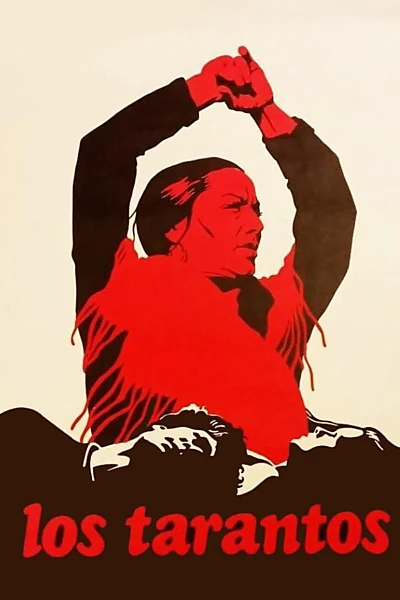
Los Tarantos (1963)
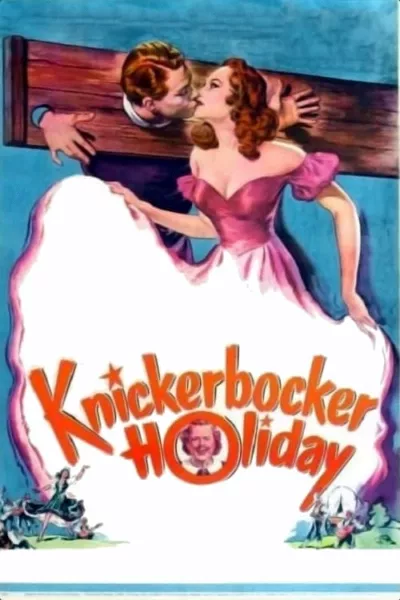
Knickerbocker Holiday (1944)
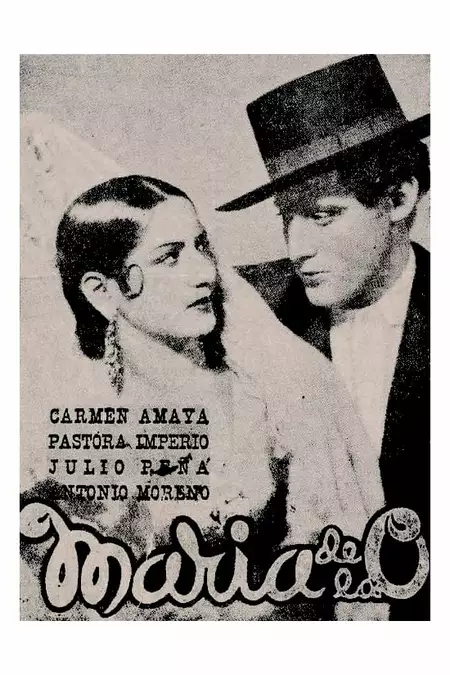
María de la O (1939)
Information
Known ForActing
GenderFemale
Birthday1913-11-02
Deathday1963-11-19 (50 years old)
Birth NameCarmen Amaya Amaya
RelativesLa Chunga
CitizenshipsSpain
This article uses material from Wikipedia.
Last updated:
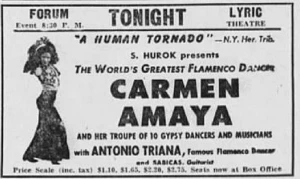 Carmen Amaya
Carmen Amaya- Filmography
- Information
- Related Persons
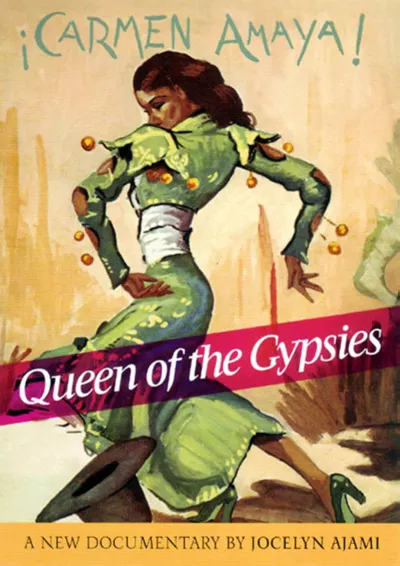
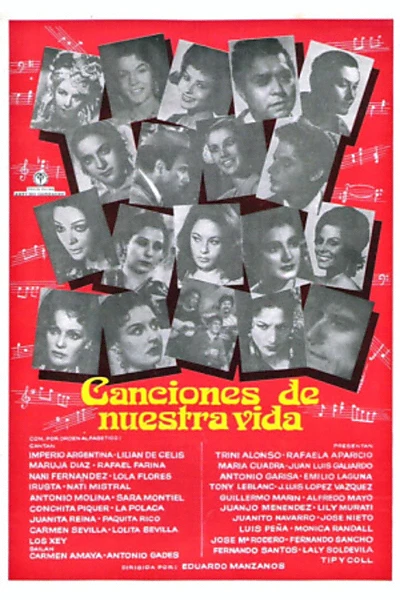
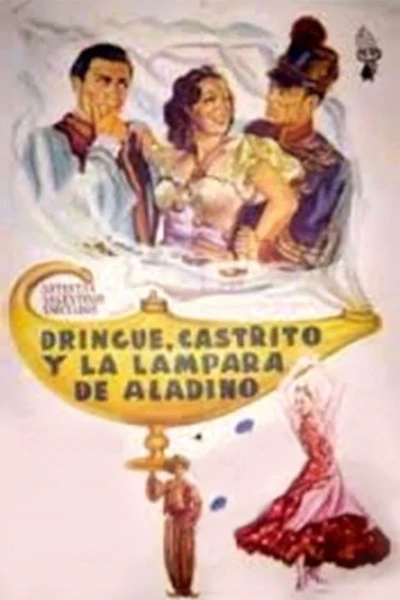
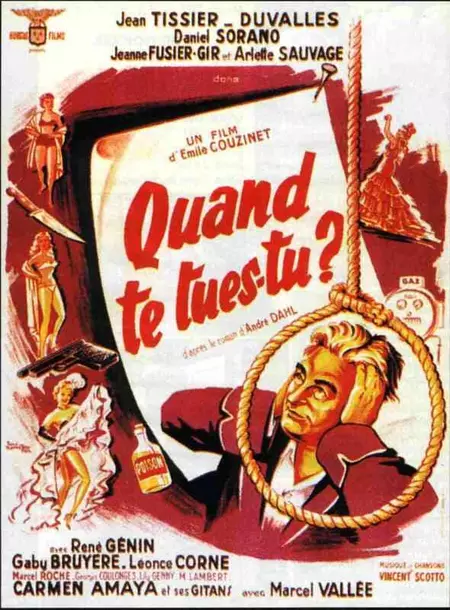
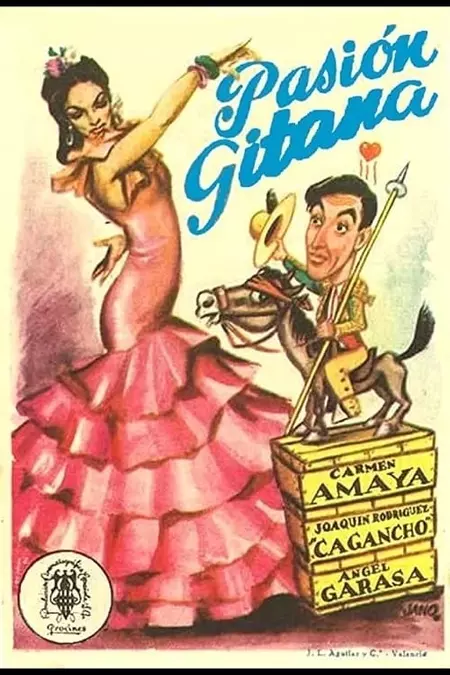
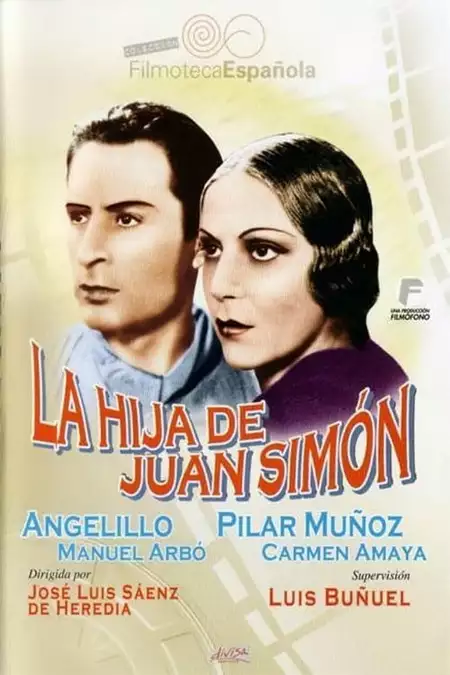

 ,
,